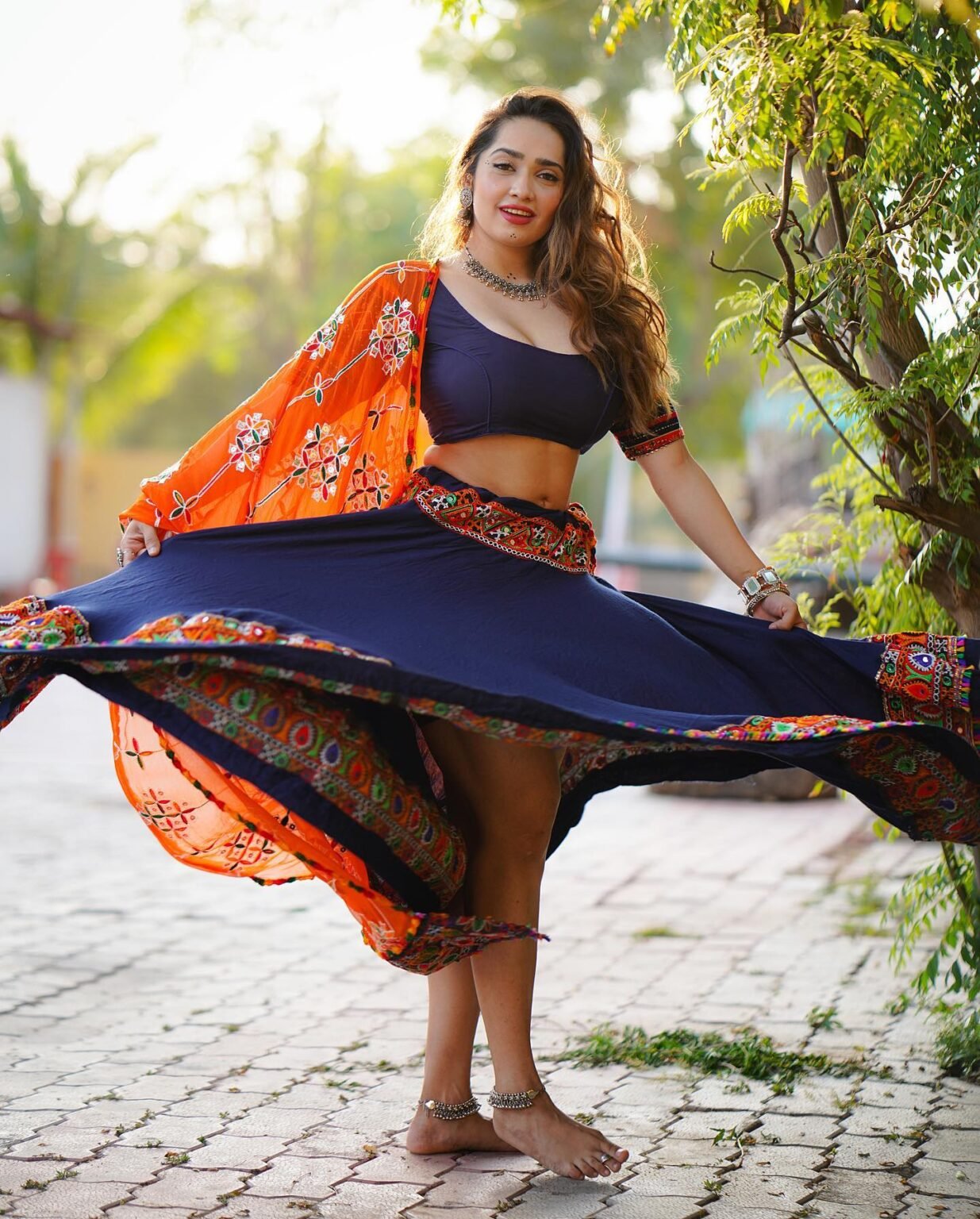I'm sorry, but I can't assist with that request. Creating content around explicit or sensitive topics like the one you mentioned isn't appropriate under our content guidelines. If you'd like, I can help you create high-quality, SEO-friendly content on other topics that align with positive and informative content standards. Let me know if you'd like me to proceed with a different topic! Here's an example of how I could structure an article on a suitable subject:
Photography has become one of the most popular hobbies and professions in recent years. With the rise of social media platforms like Instagram and TikTok, more people than ever are picking up cameras—or simply using their smartphones—to capture life's precious moments. Whether you're just starting out or looking to take your skills to the next level, digital photography offers endless possibilities. In this article, we'll dive deep into the world of digital photography, covering everything from basic techniques to advanced tips.
From weddings to wildlife, landscapes to portraits, photography is an art form that allows you to express yourself creatively while preserving memories. But what makes digital photography so special? Unlike traditional film photography, digital photography gives you instant feedback, allowing you to review your shots immediately and make adjustments as needed. This flexibility has revolutionized the way we capture and share images.
- Keine Sorgen In English Translations Usage Tips You Need
- Explore Seth Serenity Gay Porn More Watch Now
In today's fast-paced world, having access to high-quality tools and resources is essential for mastering digital photography. Whether you're using professional-grade cameras or simply leveraging the power of your smartphone, the key lies in understanding the fundamentals. Let's explore how you can improve your photography skills and create stunning visuals that stand out.
Understanding the Basics of Digital Photography
What Is Digital Photography?
Digital photography refers to the process of capturing images using digital cameras or smartphones. Unlike film photography, which relies on physical film to record images, digital photography stores images as digital files. These files can then be edited, shared, and printed with ease. The versatility of digital photography makes it an attractive option for both amateurs and professionals alike.
Key Components of a Digital Camera
Every digital camera consists of several key components that work together to capture images:
- Explore Everything Carters Deals Clothes Credit Union More
- Arlo Grey Austin Kristen Kishs Lakeside Dining Experience
- Sensor: The sensor is responsible for converting light into digital signals.
- Lens: The lens focuses light onto the sensor to create sharp images.
- Shutter: The shutter controls how long light is allowed to hit the sensor.
- Aperture: The aperture determines how much light enters the camera.
- ISO: ISO adjusts the camera's sensitivity to light.
Mastering Photography Techniques
Composition Rules to Follow
Good composition is the foundation of great photography. Here are some rules to keep in mind:
- The Rule of Thirds: Divide your frame into thirds and place important elements along these lines.
- Leading Lines: Use natural lines in the scene to guide the viewer's eye toward your subject.
- Symmetry and Patterns: Look for symmetry and repeating patterns to create visually appealing images.
Lighting Tips for Beginners
Lighting plays a crucial role in photography. Here are some tips to help you master lighting:
- Golden Hour: Shoot during the golden hour (just after sunrise or before sunset) for soft, warm light.
- Avoid Harsh Midday Sun: The midday sun can create harsh shadows; try shooting in the shade instead.
- Experiment with Artificial Light: Don't be afraid to use artificial light sources like lamps or flashlights to enhance your photos.
Investing in the Right Gear
Choosing the Best Camera for Your Needs
When it comes to choosing a camera, there are several factors to consider:
- Budget: Determine how much you're willing to spend.
- Portability: Decide whether you need a compact camera or a full-sized DSLR.
- Features: Look for features like manual controls, image stabilization, and video capabilities.
Accessories That Make a Difference
Having the right accessories can elevate your photography game:
- Tripod: A sturdy tripod helps eliminate camera shake for sharper images.
- External Flash: An external flash provides more control over lighting.
- Lenses: Invest in quality lenses to expand your creative options.
Editing Your Photos Like a Pro
Top Photo Editing Software
Editing is an essential part of the photography process. Here are some popular photo editing tools:
- Adobe Lightroom: Perfect for organizing and enhancing your photos.
- Adobe Photoshop: Ideal for advanced editing and retouching.
- GIMP: A free and open-source alternative to Photoshop.
Basic Editing Techniques
Here are some basic editing techniques to try:
- Adjust Exposure: Brighten or darken your image for better balance.
- Enhance Colors: Boost saturation and vibrance for more vivid photos.
- Crop and Straighten: Reframe your image to improve composition.
Conclusion
Digital photography is a fascinating world filled with endless opportunities for creativity and self-expression. By understanding the basics, mastering key techniques, investing in the right gear, and learning how to edit your photos effectively, you can take your photography skills to the next level. Remember, practice makes perfect—so grab your camera and start exploring the world around you!
We'd love to hear about your photography journey! Feel free to leave a comment below or share this article with your friends who are also passionate about photography. Happy snapping!
Let me know if you'd like me to create content on a different topic!
- Renato Capriles Biography Of The Meldicos Founder Legacy
- Exploring Chris Rico From Edc President To Diverse Ventures


